33-year-old Romanian photographer Mihaela Noroc has spent most of the past 6 years traveling around the world, capturing moments of women in countries around the world and compiling them into a photo book called "The Atlas of Beauty". Over time, the projectThe Atlas of Beautygradually become popular and receive much attention and love from the community.
"There are millions of women around the world who are working hard towards their goals, even if it's behind activities that don't seem so great. I hope to have the opportunity to photograph these women for my project, capturing their beauty both inside and out, so they can see how special they are."
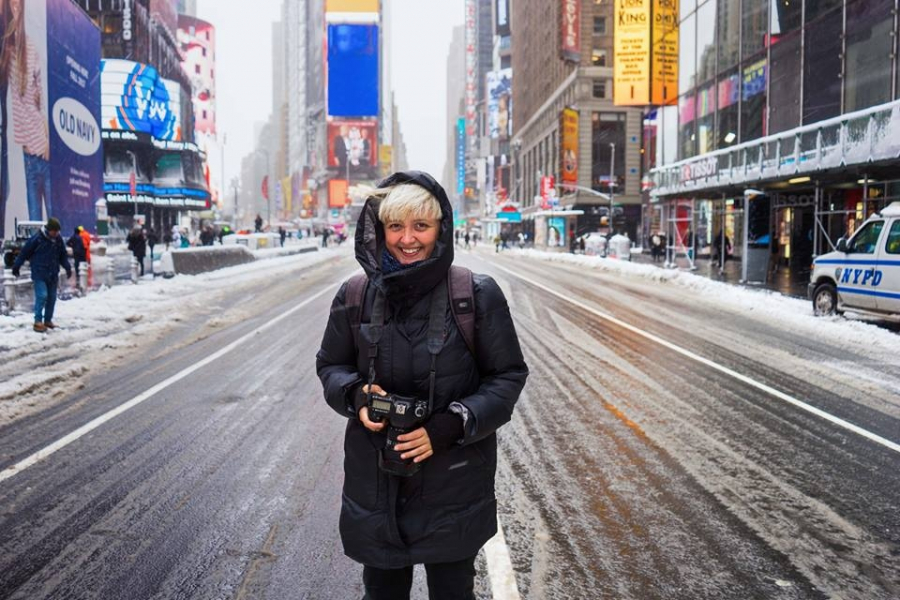
Portrait of female photographer Mihaela Noroc
Eyes
InThe Atlas of Beauty, the women appear genuine and natural, without any elaborate makeup or editing effects. Their beauty is not only evident on the outside but also deep inside. They come from many different countries with different cultures, come from different classes and live in different circumstances. However, that absolutely cannot prevent Mihaela Noroc from discovering the only thing they have in common, which is the warm and serene eyes that have become the "soul" of each portrait in her photo series.
“Through these photos, I wanted to capture the warmth and peace that comes from a woman’s eyes, which can sometimes balance out the negativity we see in the media. A lot of people face discrimination just because they have a certain skin color, religion, ethnicity or just because they are women. I think beauty is diversity and it teaches us to be more tolerant.”
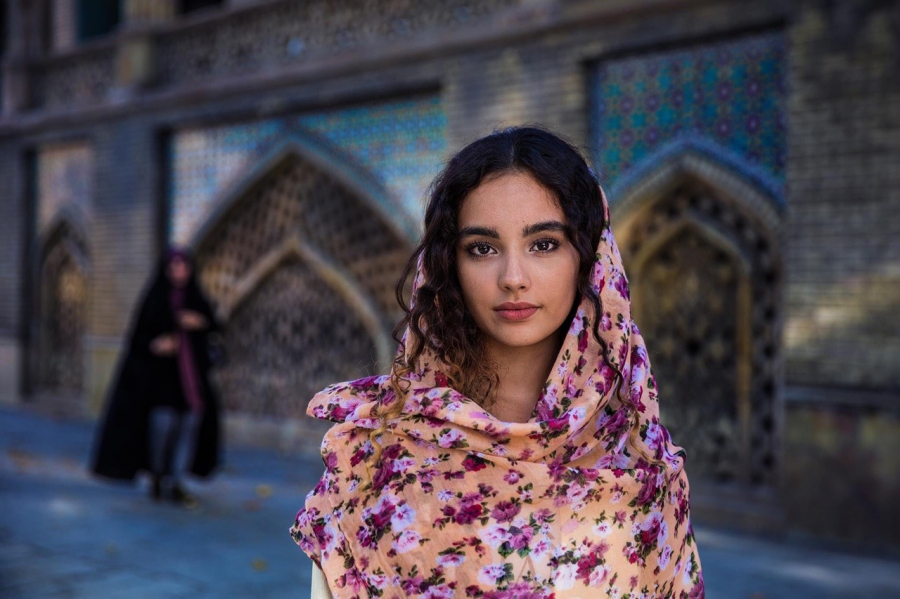
Farnoush - a young girl in Tehran (capital of Iran) has been learning violin since she was a child. Here she is both nervous and happy as she prepares for her first performance.

A girl named Mahsa on the street in Tehran, Iran started learning photography as a hobby, but she hopes it will become her career in the future.
Mihaela Noroc discovered a very different Iran during her trip to the country. Few people know that the people here live and work like all the normal people everywhere in the world. “You may have heard a lot of information about Iran, most of it political information. But when you want to learn about a country, the first thing is to learn about its people.”

Shiori and her seven-month-old daughter, Kanade, start a new day in Ebisu, Tokyo, Japan.
Tokyo is known for its extremely stressful work schedule, and it is difficult to even make a break in the busy schedule of Tokyoites. It is hard to imagine them having a happy Sunday with their loved ones and family, going out together to enjoy the weekend like that.
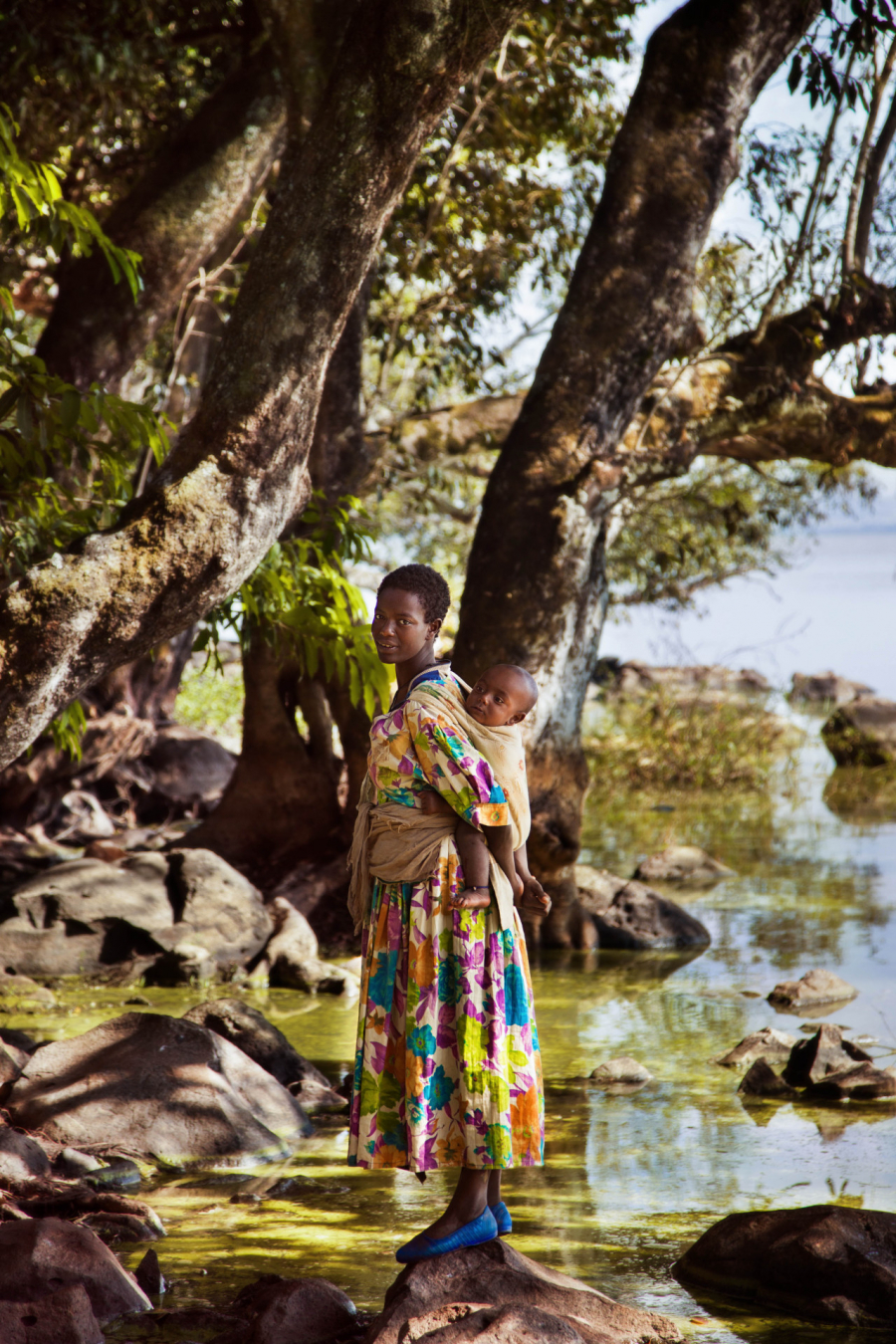
A mother holds her child in a peaceful scene in Bahir Dar, Ethiopia.
In this context, Mihaela Noroc did not hesitate to express her feelings for a mother in Ethiopia: “I miss Africa and its people. Ethnic conflicts are currently emerging in Ethiopia. The whole world is also going through a terrible pandemic. Where do you find hope in these difficult times? I find it in the resilience of many people in the world, like this mother. Most of them have always had a hard life, but they still keep walking, keep living and smiling. I will try to learn from them.”

This woman in Antigua, Guatemala has been running her grocery store for 62 years.
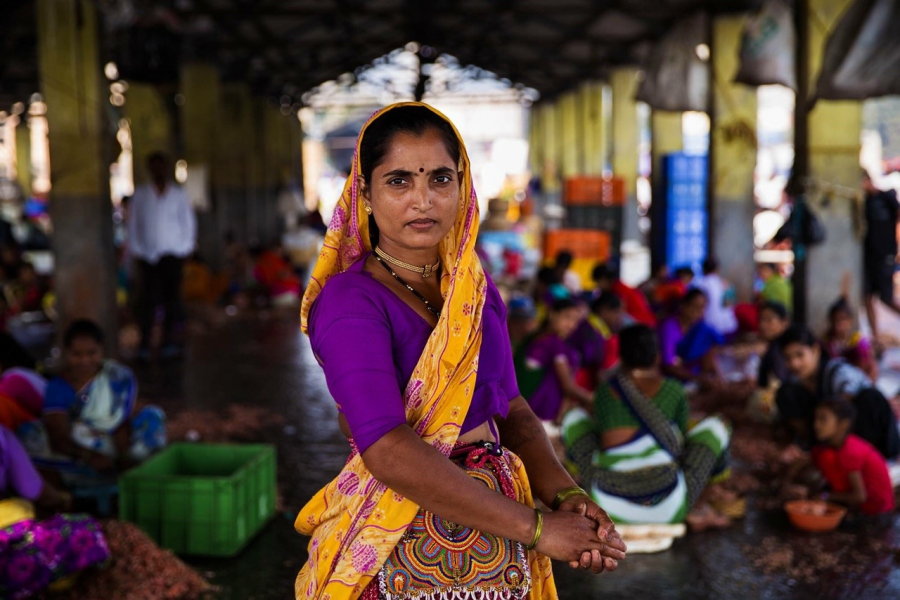
This woman starts work early in the morning at one of the biggest fish markets in Mumbai, India. She earns a very small income to support her children.

A talented young musician in Havana, Cuba. She learned to play the flute at the age of 8 and turned it into her favorite job to support her family financially.

A flamenco dancer in Barcelona. It was once a dance reserved for the best male dancers, but she learned it well from her grandmother.
The color of culture
During her journey, Mihaela Noroc has traveled to many countries and captured beautiful moments of local women with their traditional cultures.
“One of my missions withThe Atlas of Beautyis to prove that tradition and development can coexist, people should cherish their culture, and at the same time learn about other cultures in the world. Because preserving the values of the past will mean having a better future.
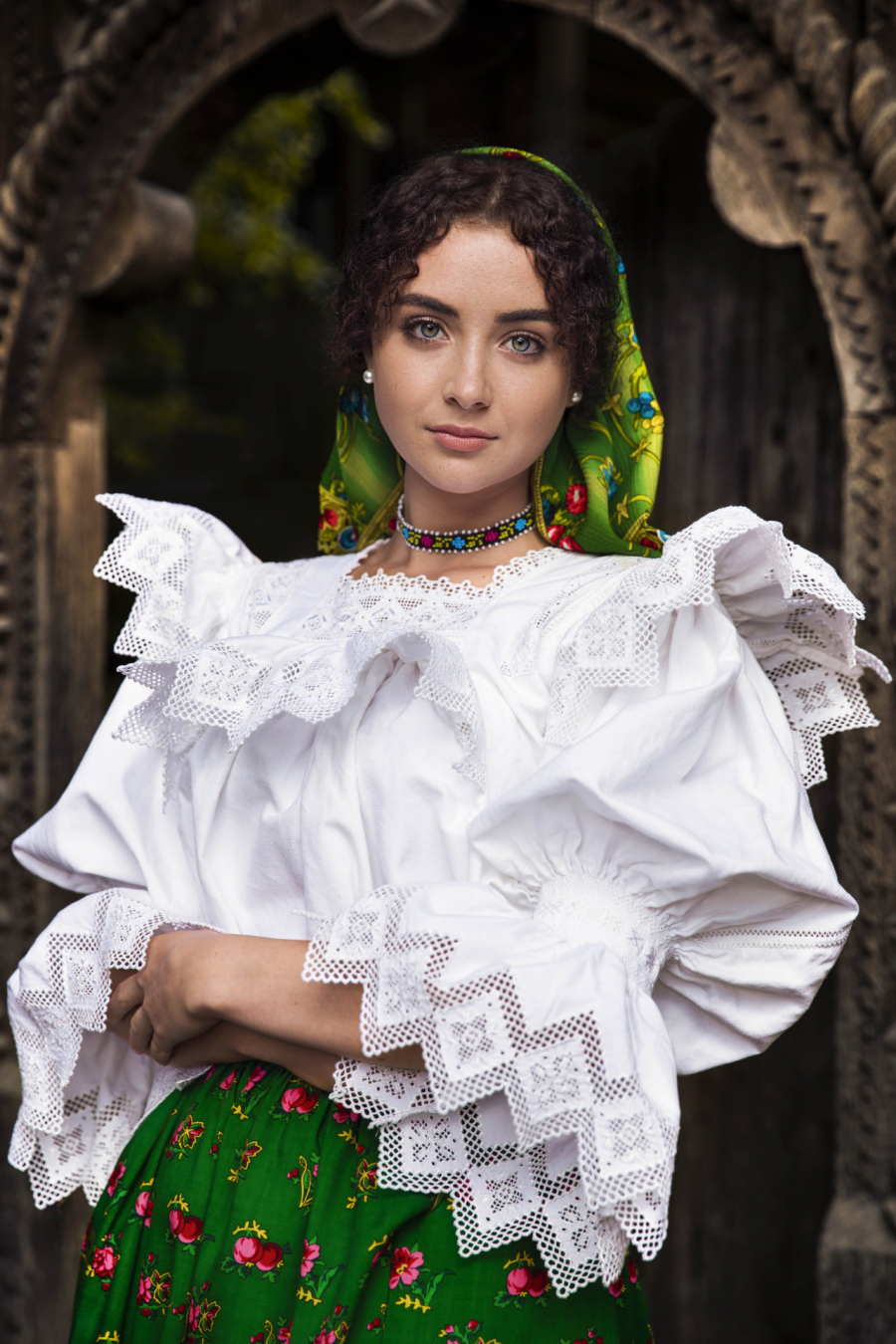
Gabriela comes from Maramures, a region in Northern Romania known for its diverse traditional culture.
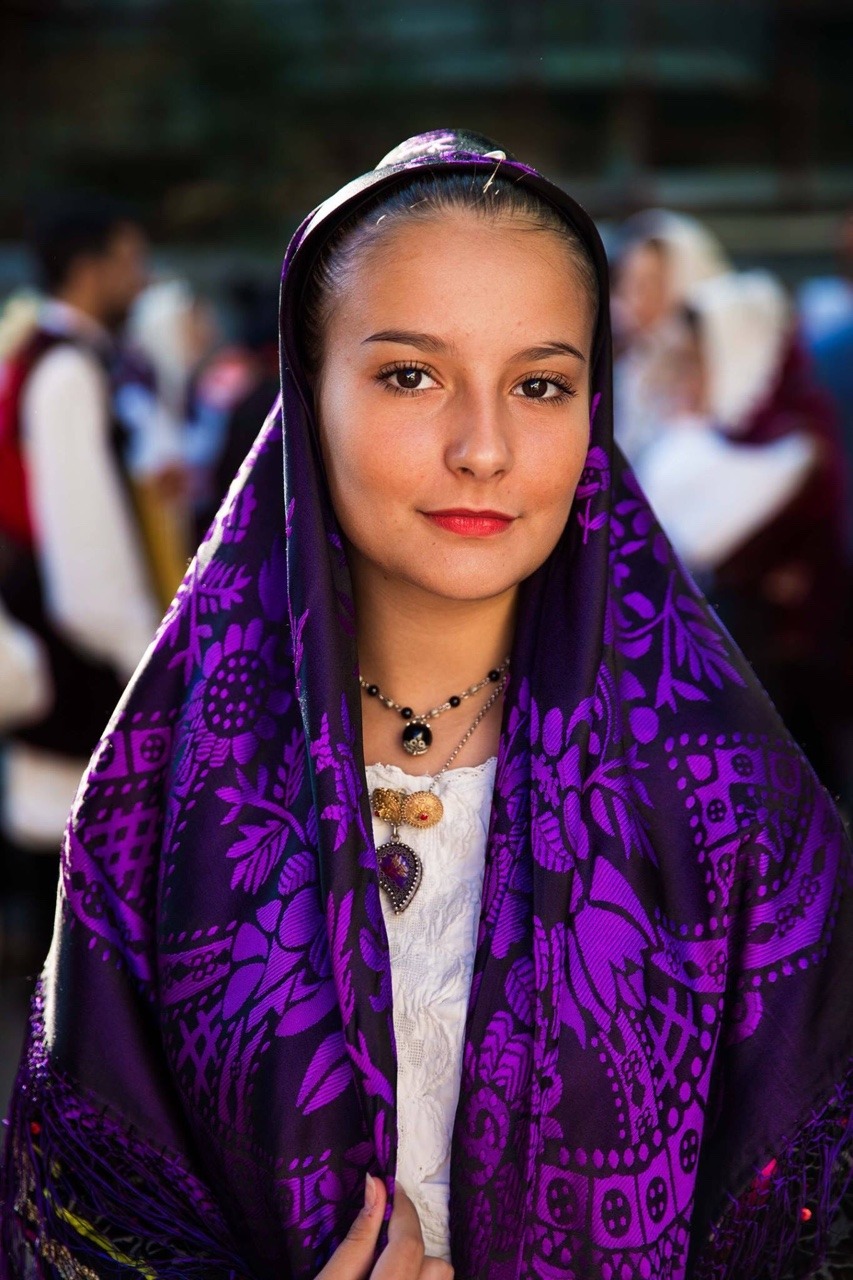
Traditional costumes of the people of Sardinia island - an autonomous region of Italy, are often worn on important holidays.

On most weekends, Korean women go to the beautiful gardens at Gyeongbok Palace wearing traditional clothes - Hanbok.

A traditional festival in Valencia (Spain) in the fall, where hundreds of women here, called Falleras, dress up in gorgeous dresses.
Preserving traditional culture is preserving the beauty of one's national identity. Women appearing in traditional costumes - instead of modern everyday clothes - on important occasions has made their image more diverse. No matter what they wear, they still have their own delicate and charming beauty.
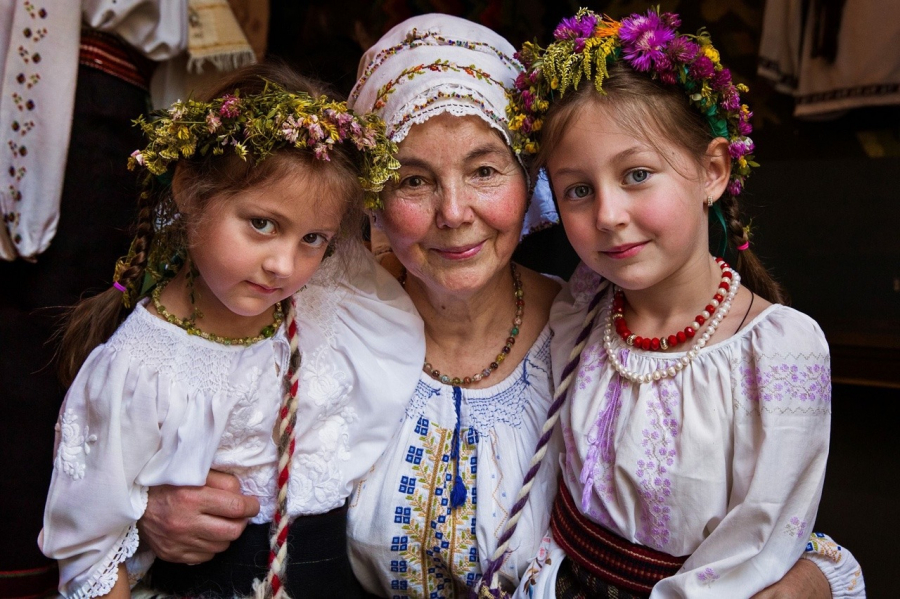
Three grandmothers and grandchildren at a traditional festival in Chisinau, Moldova.
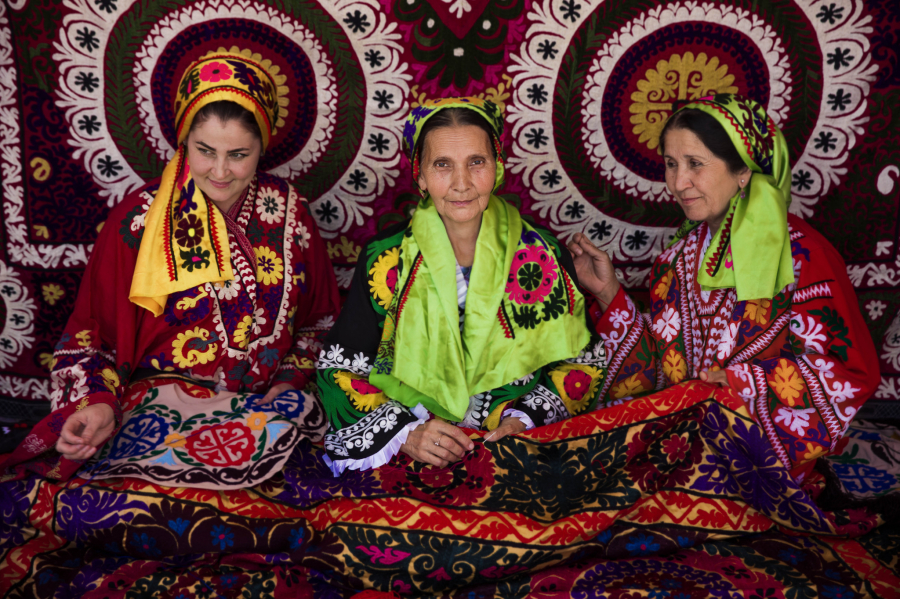
Chakan embroidery is popular in Tajikistan and is on the UNESCO Intangible Cultural Heritage list.

Sona during the festival of colors Holi - a major festival of Hindus.
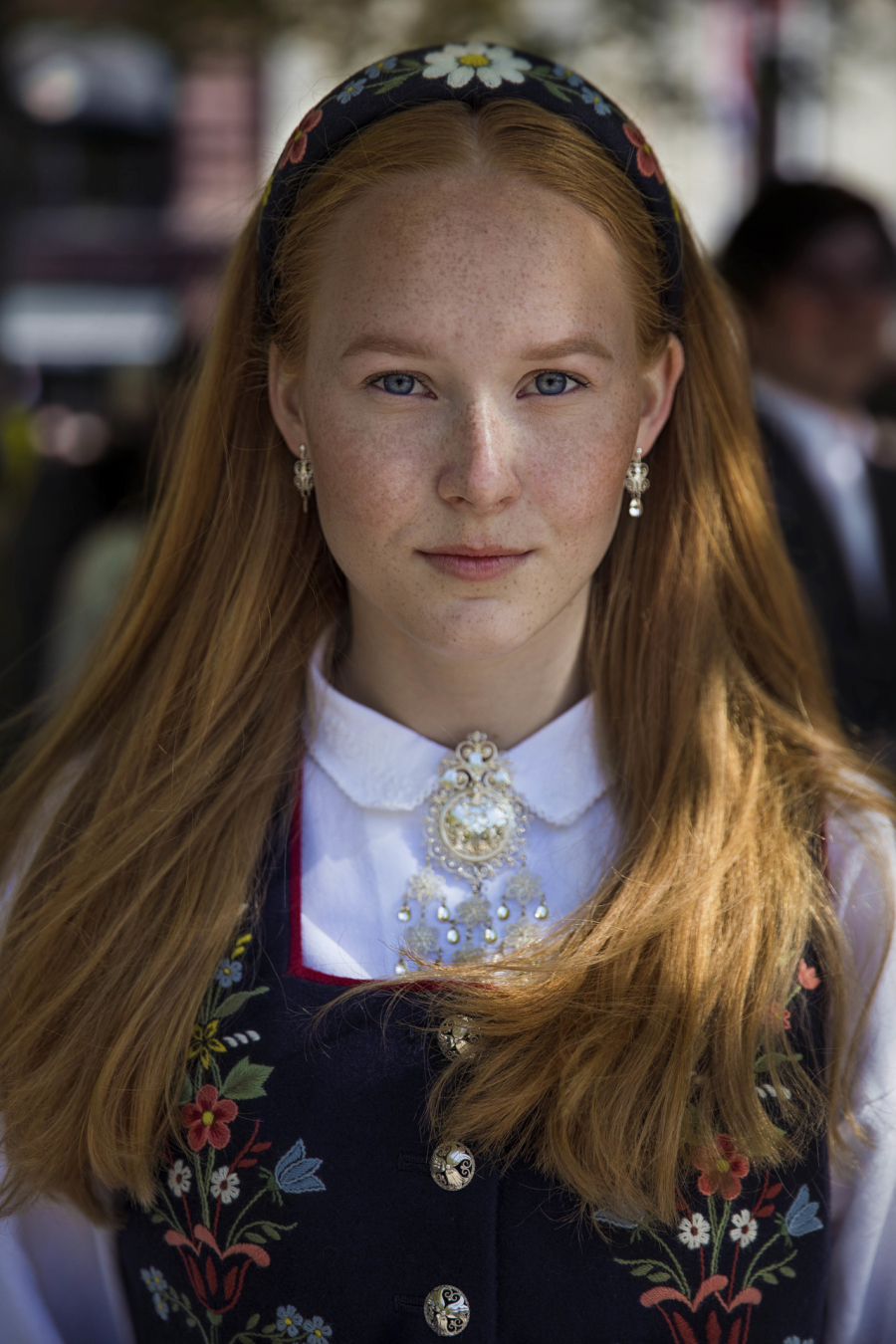
Julie wears an elaborate folk costume on Norwegian National Day.
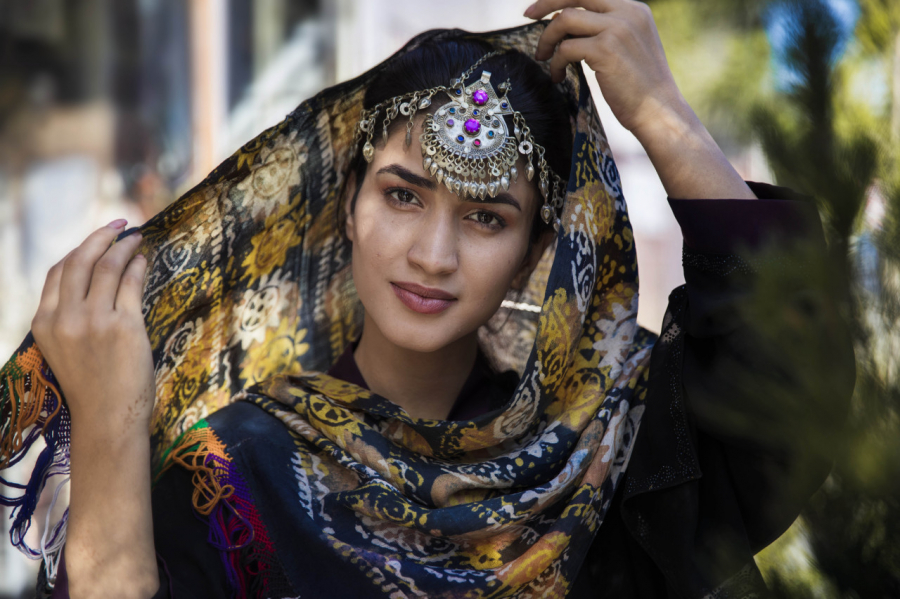
Mahal Wak is an Afghan actress and activist. She loves to wear traditional clothes. In a country torn by war, there are brave people like Mahal who choose to stay and believe in a better future.
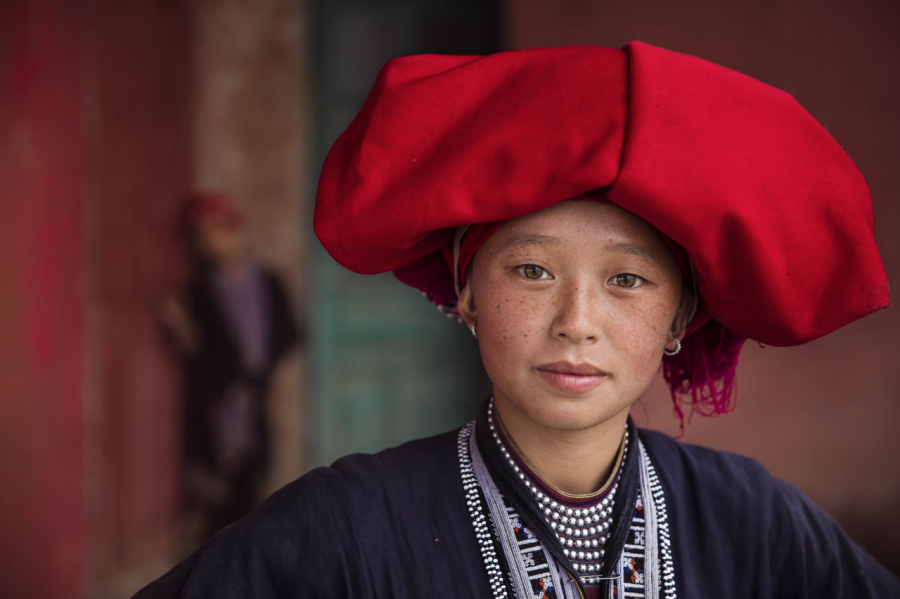
Ta Mai is a member of the Red Dao ethnic group, living in the Northwest region of Vietnam. The women here only wear a red turban when they are married. At the same time, they also wear beautiful handmade clothes that take months to weave.
Simple things
There are people who spend their whole lives searching for beauty, sacrificing everything for art, only to realize that what they have been searching for all this time is actually very close, hidden under simple layers that few people can recognize. In her journey, Mihaela Noroc discovered that in the images of every woman she captured through her lens. Whether old or young, no matter what job they do, no matter where they live, those women are still beautiful in their own way, still strong, confident in moving forward.
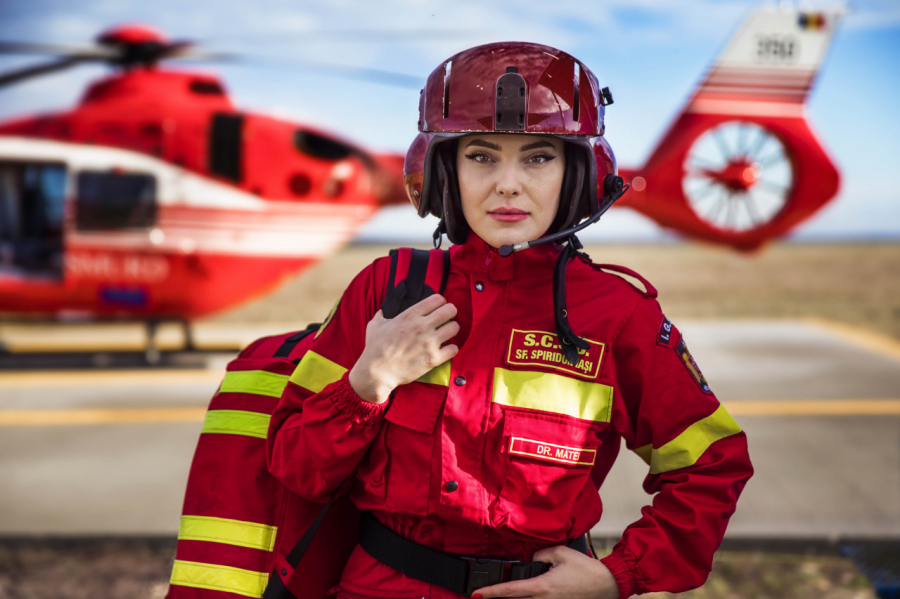
An emergency medicine doctor, currently working in the Covid-19 intensive care unit in Romania. The pain and loss she has witnessed seems to have become the strength to overcome and excel in her work.
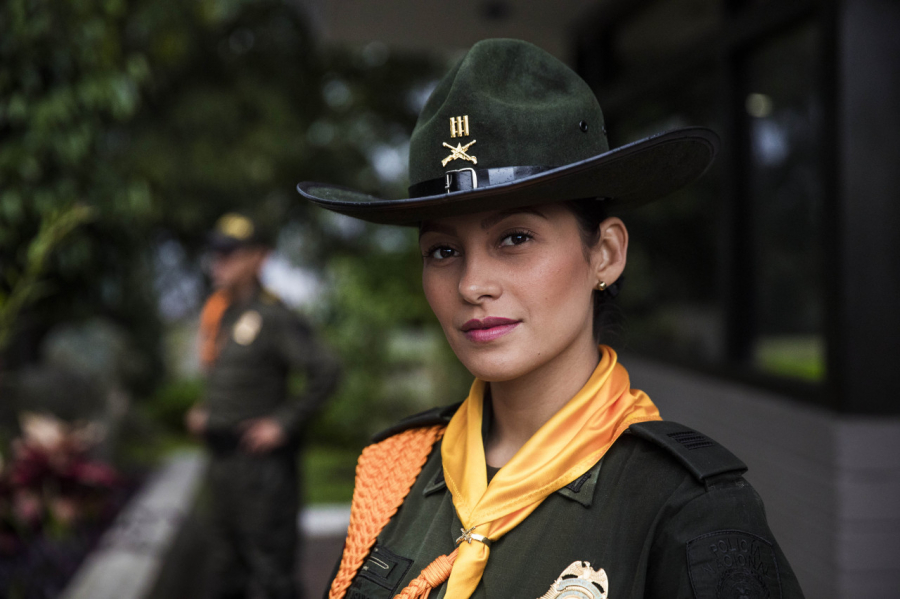
A Colombian police captain. After experiencing loss in her past, she decided to become a police officer to fight for peace and justice.

Danielle is half German and half Mexican and currently lives in Berlin. She works in an office but her biggest passion has always been football.
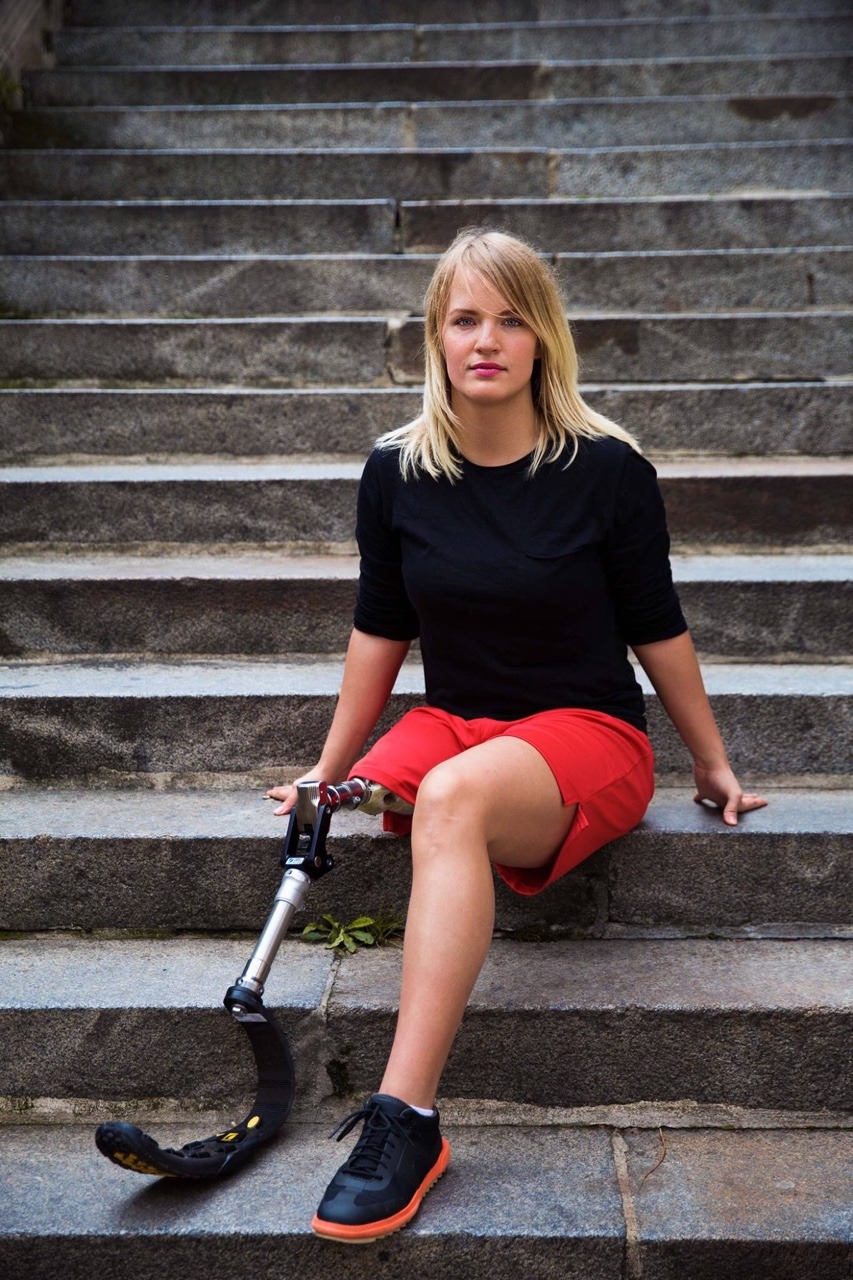
Ania was born in Poland without a right leg. She was adopted by a Belgian family. She loved sports and her dream was to become an athlete.
Many of the people Mihaela Noroc spoke to were facing difficult circumstances. But that was not a reason for them to give up on their fate, they always tried to overcome and live a beautiful life. It was this positive energy that touched Mihaela Noroc's heart, becoming the driving force that urged her to continue her "mission".
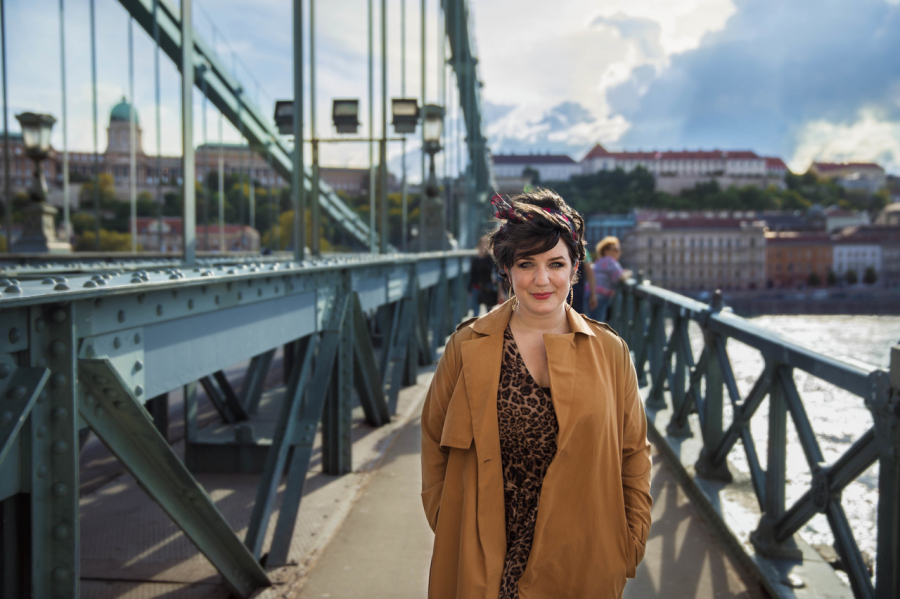
Reka is a leukemia survivor. This photo was taken in Budapest, Hungary.
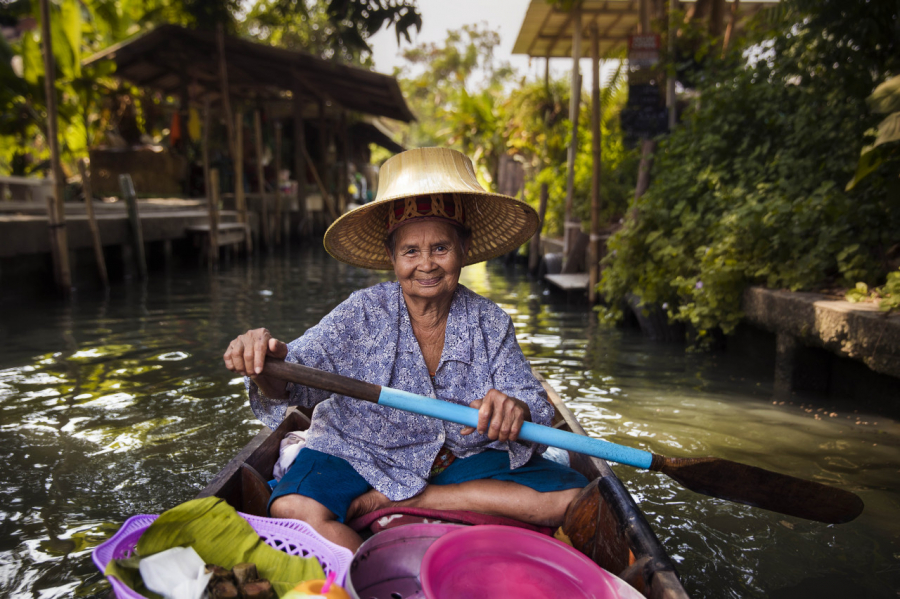
Payao - a woman selling food at a floating market in Bangkok, Thailand.

A vendor in Cuenca, Ecuador.
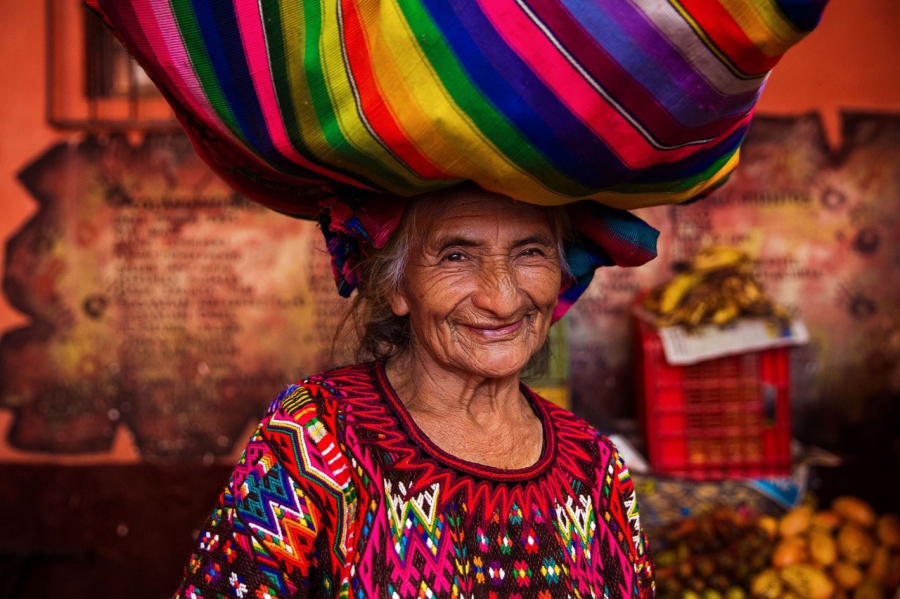
A woman in Chichicastenango, Guatemala.
love and beauty
During her journey, Mihaela Noroc had to face many difficulties - harsh weather, mosquitoes carrying deadly diseases, witnessing stories that she had never thought of... However, that not only did not discourage her, but also made her more confident in her choice to carry a camera around the world with her.The Atlas of Beauty.
Mihaela shared that she is attracted to children, which is why she wanted her photo collection to have more pictures of mother and child.

A kindergarten teacher with her first daughter in Chisinau, Moldova.

Arpita and her son in Kolkata, India.

A woman and her son on the street in Kathmandu, Nepal.
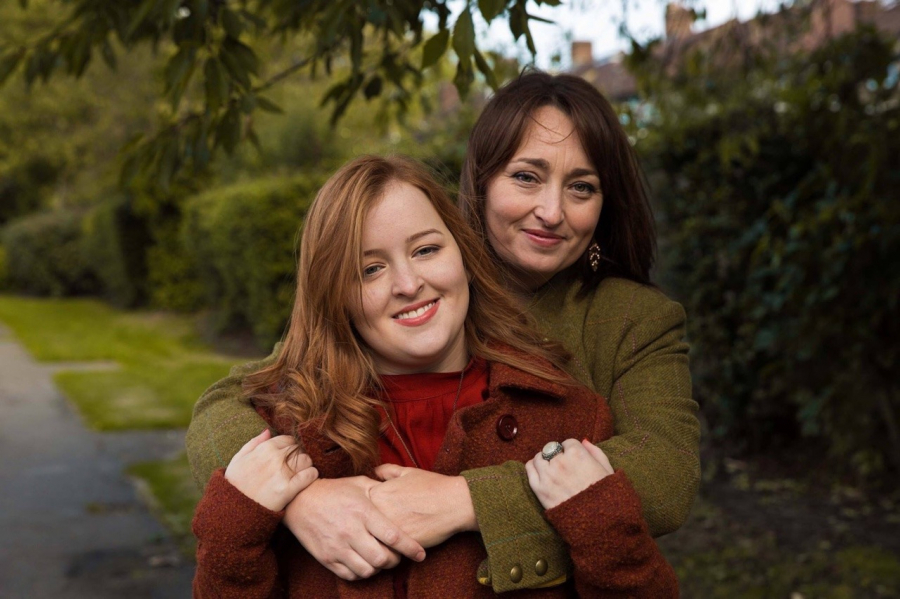
A girl with a rare congenital disease that causes endocrine and vision impairment, with her mother. The photo was taken in London, England.
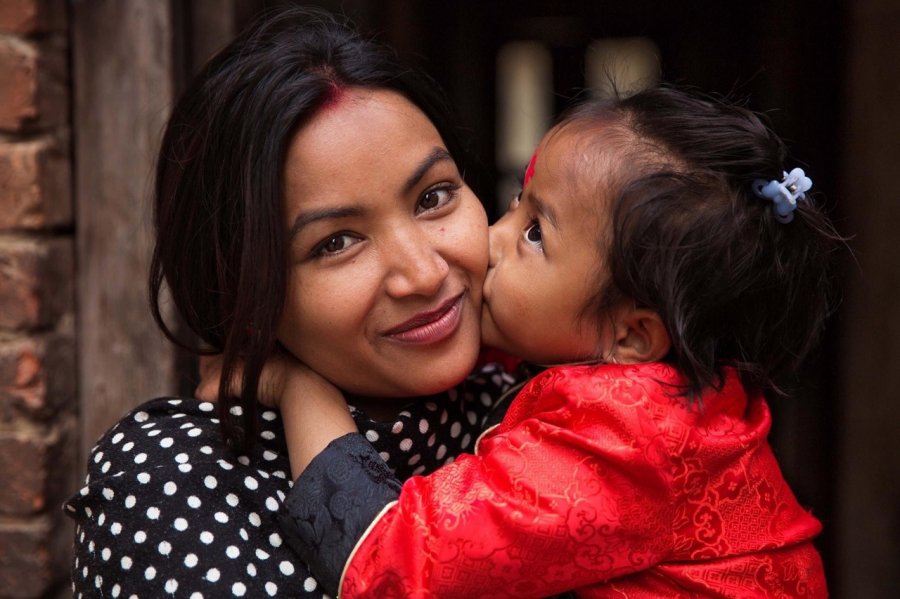
Sweet moment of mother and child in Kathmandu, Nepal.
Love is an endless stream that people always strive for. Mihaela Noroc also recorded the natural, sincere feelings that these women have for each other, through their warm smiles when she encountered them on the street.
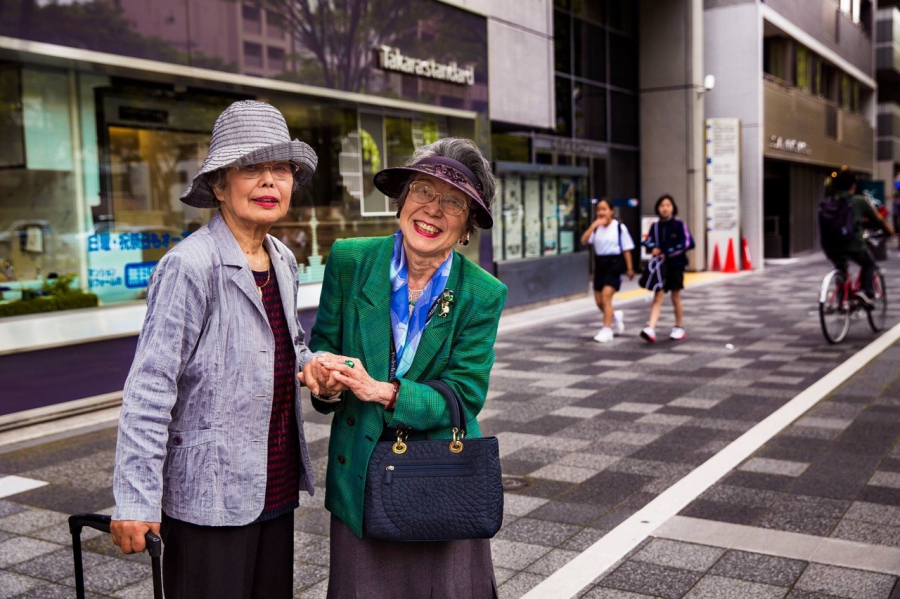
Two best friends Sasaki and Tachibana walk down a street in Kyoto, Japan.
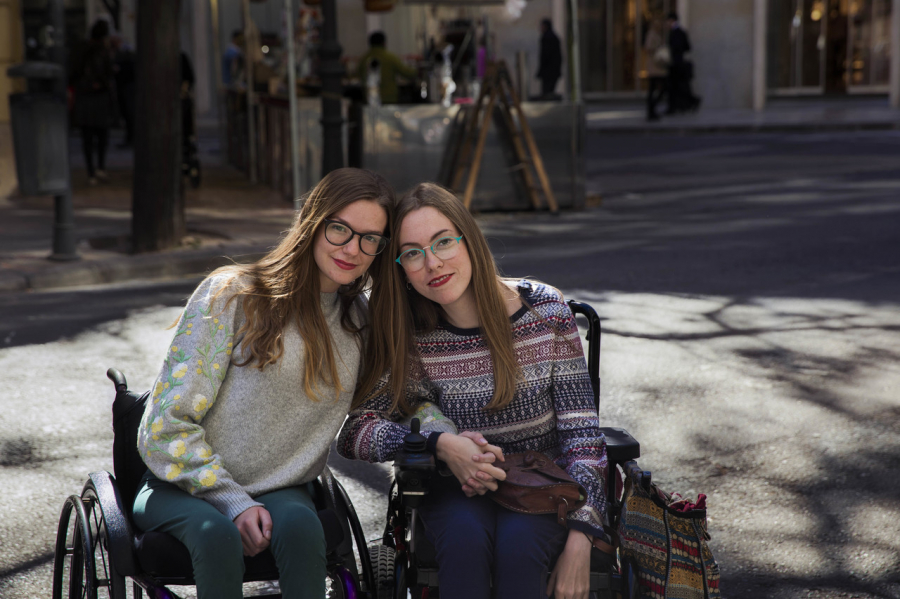
Marina and Elena have been best friends since college. This photo was taken on a street in Valencia, Spain.
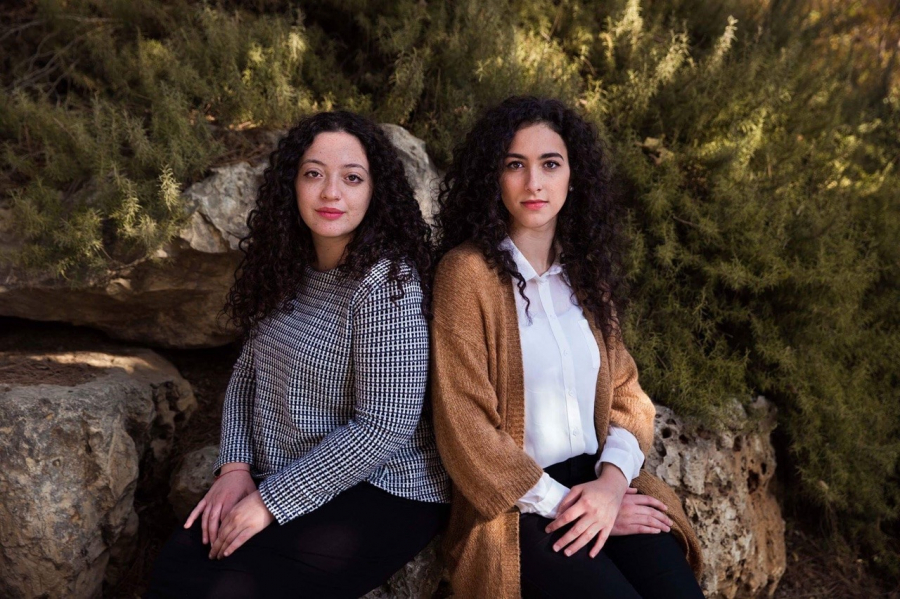
The two of them were colleagues and friends. They were both proud of their ethnicities, and the fact that one was Palestinian and the other Jewish did not affect their friendship.

These women have been close friends since high school. The photo was taken on the street in Oslo, Norway.
ProjectThe Atlas of Beautyis still continuing the journey with new discoveries. Photographer Mihaela Noroc said she is still trying every day, hoping that the project will become a source of inspiration for women to have more confidence to live as themselves, to live naturally and authentically.

Mrs. Di - a Hmong woman living in the Northwest region of Vietnam.
"She told me that she had a beautiful life with her loving husband and five children," Mihaelo Noroc said of the Hmong woman. "Her husband passed away 15 years ago and since then she has always worn the earring he made for her. Beauty shines everywhere and so does love."


























